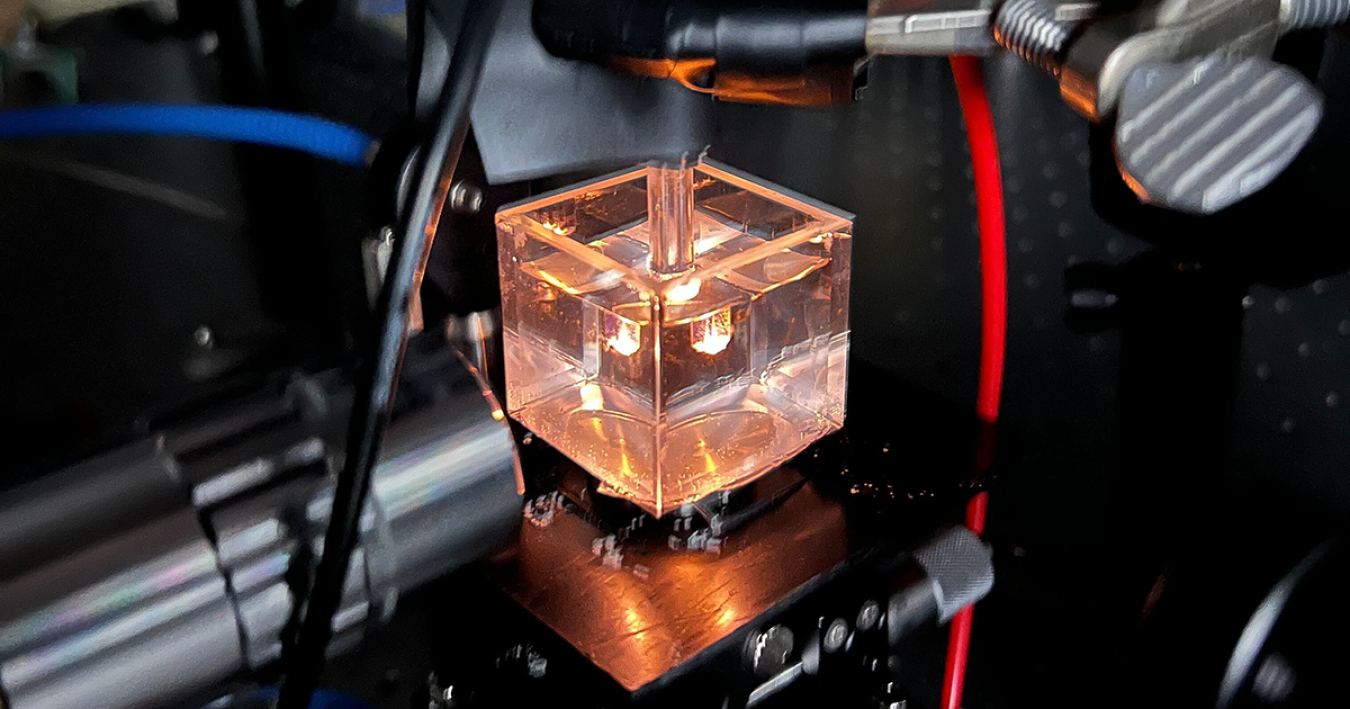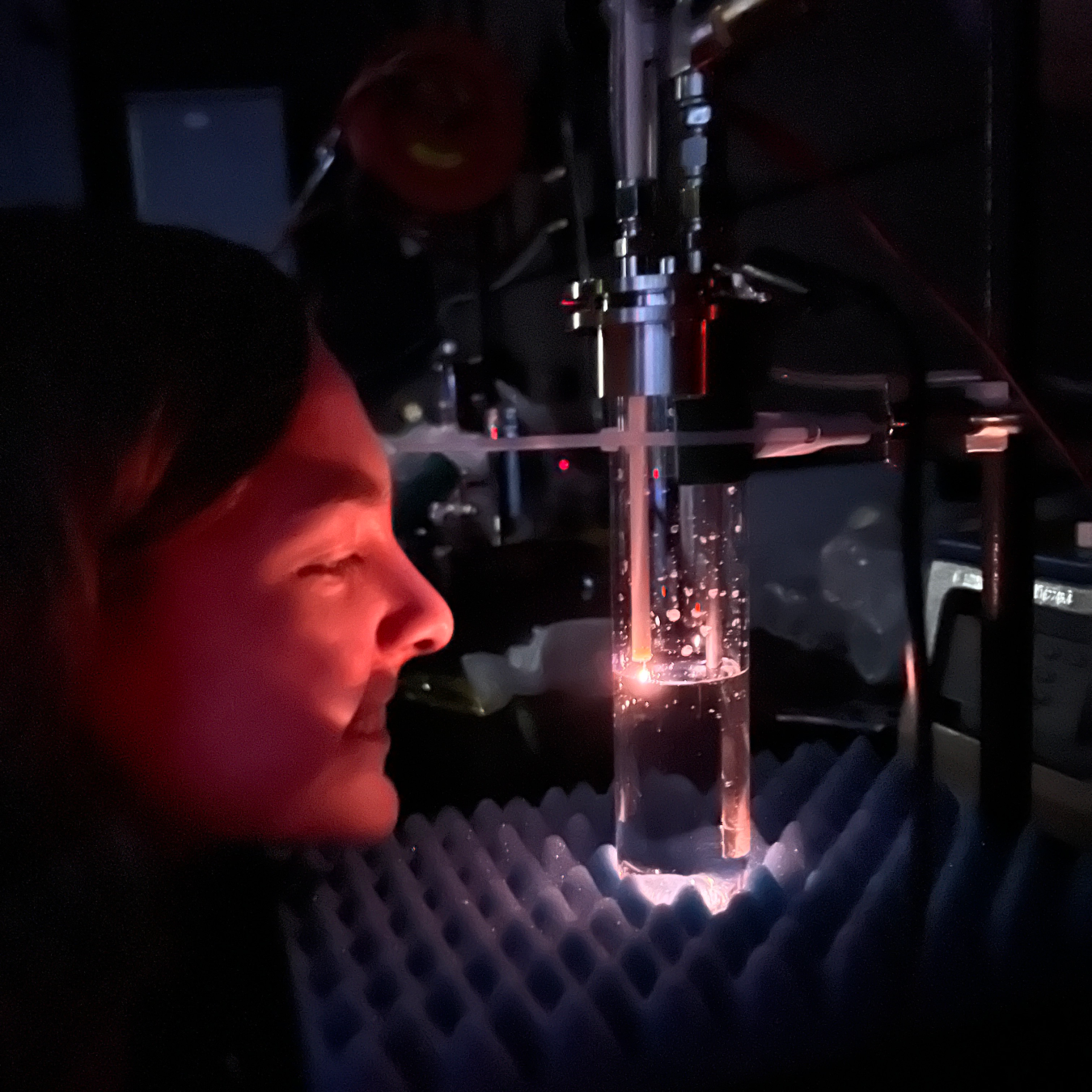North Carolina State University researchers developed a new way to detect and measure elements found in molten salt solutions.
August 14, 2024

A research team from North Carolina State University developed a new way to detect and measure elements found in molten salt solutions.
The new technique could be used to better characterize and develop new materials for use in liquid fueled molten salt reactors.

Probes, Plasma, and Glow Discharge
Molten salt reactors are one of several types of advanced reactors currently being developed in the United States for deployment in the next decade.
Some designs will operate on liquid fuel, which is composed of enriched uranium mixed with the molten salt coolant.
A key challenge to the development of these systems is the ability to detect the presence and distribution of nuclear fuel and other materials in the salt, which is important to understanding potential contamination and safety issues.
Through a research project funded by the U.S. Department of Energy’s Nuclear Energy University Program, NC State researchers developed a breakthrough technique they coined “plasma bubble spectroscopy” that uses light emissions to determine molten salt composition.
The new approach uses a special probe capable of withstanding the heat of molten salt to create a plasma bubble. The plasma bubble emits a glow discharge, or different colors of light, that a spectrometer can then read to determine which elements are present.
“The resulting spectrum is a plot of the intensity of the light to the light wavelength,” said undergraduate researcher Alina Jugan. “You’ll see lots of spikes, and each of those spikes corresponds to a different wavelength, and each of those wavelengths relates to a certain material or element. The more intense the spike, the higher presence of that light, or material.”

What’s Next?
NC State will continue to perform additional testing on its new technique at national laboratories and with organizations in the nuclear energy industry, in addition to exploring future academic collaborations and eventually commercialization.
The project received $400,000 in funding from the Nuclear Energy University Program, which has provided more than $1 billion to U.S. colleges and universities to advance nuclear energy research, development and training since 2009.
The research team was led by Professor Alex Bataller along with doctoral students Kayla Hahn and Davis Bryars and undergraduate student Alina Jugan.
Learn more about the Nuclear Energy University Program.

